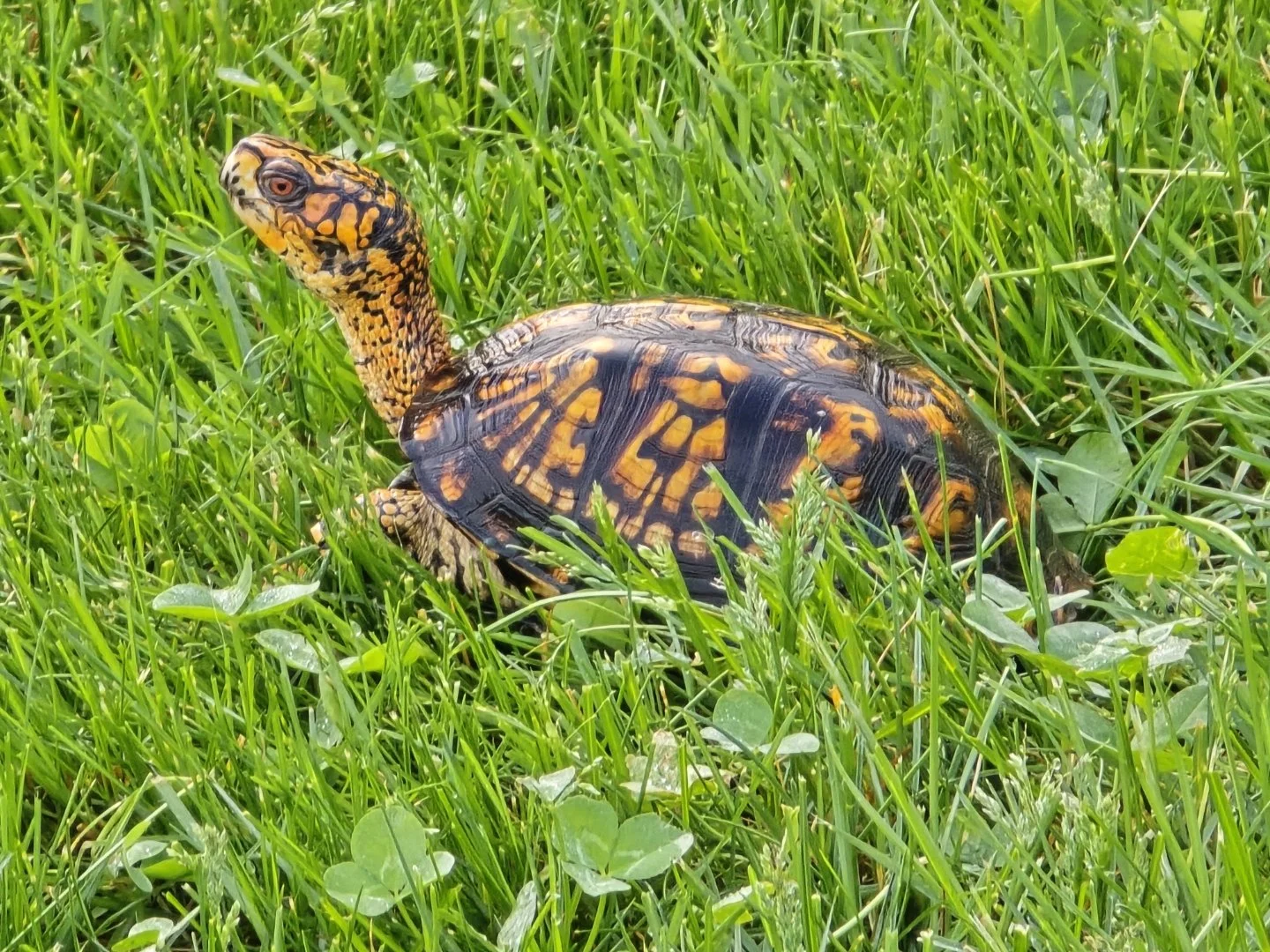Wildlife Watching Wednesday: The Boat-Tailed Grackle
By: Tom Berg
Grackles are common birds in North America, especially if you are talking about the common grackle. But another grackle, the boat-tailed grackle, is a coastal species, found almost exclusively along the Gulf Coast and our eastern Atlantic Coast. They live throughout much of the state of Florida, too, even areas which are far from the coast.
Boat-tailed grackles are cool-looking birds. Males are jet black and somewhat glossy, with extremely long tails they hold in a V-shape, similar to the keel of a boat (thus the name “boat-tailed”). The smaller females have a dark brown tail and wings with a warmer, lighter brown beast and underparts. Both males and females have long legs and long beaks, and they are larger than common grackles, too, with a wingspan of almost 20 inches.
Saltwater shorelines are favorite places for boat-tailed grackles to gather and search for food. But they are also found along freshwater canals, marshes, beaches, lake and pond shorelines and public parks. These gregarious birds are often seen foraging in farmer’s fields and even in crowded city streets. They do not seem to be bothered by people at all.
Boat-tailed grackles are not picky eaters, either. They are omnivores, meaning they will eat almost anything, including plant and animal material. Gulf Coast residents with bird feeders regularly see these blackbirds eating seeds from their feeders, especially sunflower seeds, corn and millet. But out in the wild, boat-tailed grackles eat everything from seeds and fruit to small fish, crabs, worms, frogs, lizards and even snails.
During breeding season, boat-tailed grackles construct their nests in tall grasses and cattails, usually in fairly close proximity to water or marshes. In some areas they do nest in bushes or low trees, also near marshes. The actual nests are usually made of grass stems and leaves, moss and/or pine needles. The females do not lay a large number of eggs, and there are usually only 1-5 eggs per clutch. If the first nesting attempt fails, the pair will usually make a second attempt.
Have you had a great outdoor experience? Join Global Outdoors and write a review to tell everyone about it! We’re building the home for trusted reviews of outdoor experiences, outfitters, and guides.


